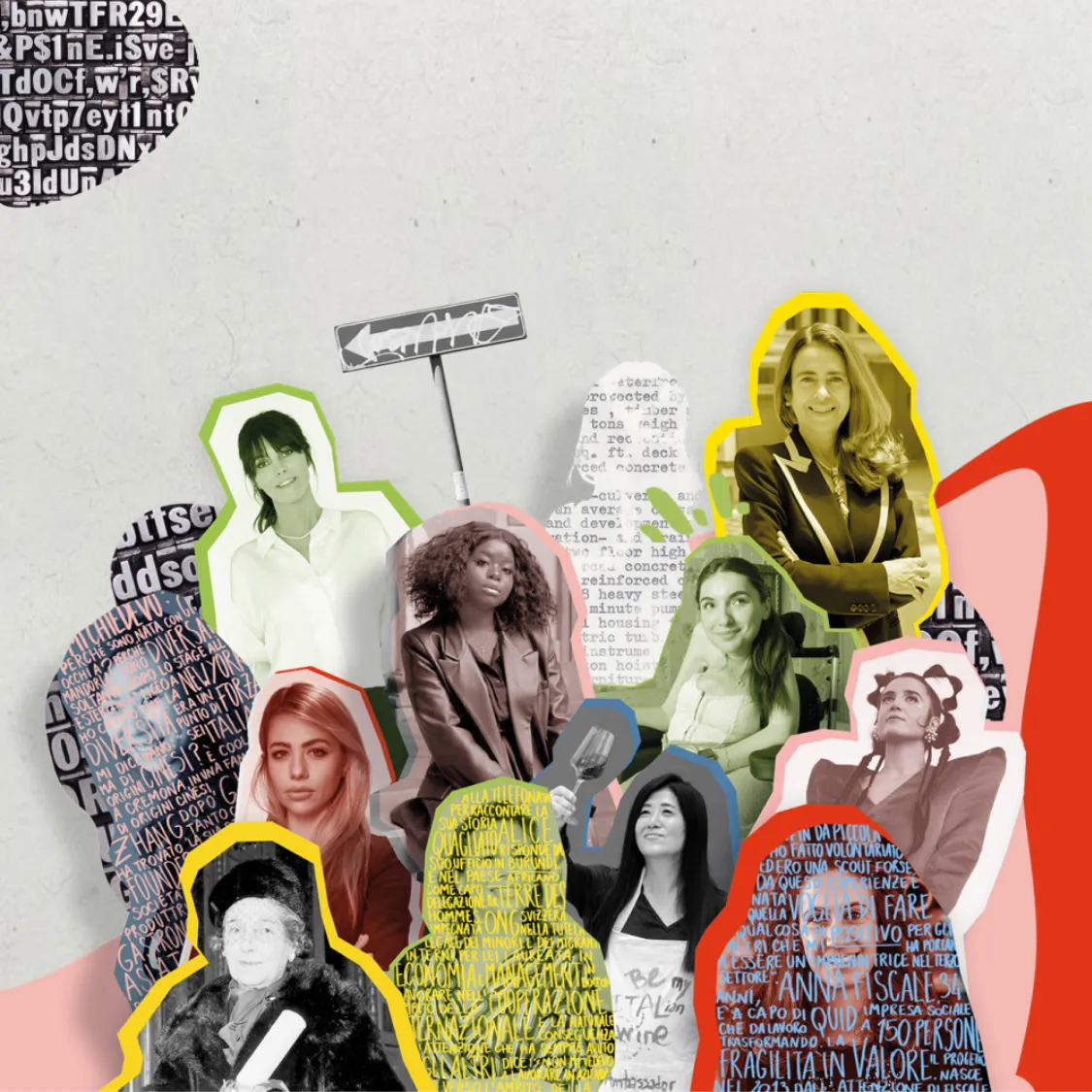
Carla and that confiscation of her student card 'because I wore trousers'
“The year 1968 changed everything. I remember coming back from London, where I had spent time during my studies, wearing a pantsuit. At the university they took away my student card because women were still not allowed to wear trousers.”
Carla Sozzani needs no introduction. Editor of books and fashion magazines, gallery owner and entrepreneur, her career, along with her sister Franca’s, has shaped the history of Italian culture, photography and fashion.
Sozzani was born into a middle-class family in Mantua. She attended Catholic schools, and afterwards Bocconi: Foreign Languages and Literature. “I remember hours spent in the Bocconi library learning Cyrillic. I often went to La Scala with my father and I was captivated by the Bolshoi Opera. I wanted to understand it, so I studied the language.”
In the late 1960s and early 1970s, while she was still a student, she worked for some fashion magazines. “I was a proofreader for Chérie Moda, then a fashion editor; I loved working on the prêt-à-porter collections in Paris, Rome, and Florence.” It was there that her passion for fashion aesthetics and photography began. “I was one of the few women who worked, but my parents had given me quite a strict upbringing. I was a rule-follower. And I also some had harrowing experiences. In 1969, I was working at the Fiat pavilion at the Milan Fair. My father was the manager of a Fiat plant. I was there when the first bomb went off on 25 April.” The first in a series of terrorist attacks in Italy, culminating in a bomb exploding in Piazza Fontana in Milan. She says: “I was interviewing businessmen in Russian when we heard this almighty boom and then we rushed to help.”
For Sozzani, work was a safe haven. And she became a mother too. “You can do anything, I’ve never considered it a problem or thought about giving up work. In 1979, Carla Sozzani joined her sister at Condé Nast and became editor of all the special editions of Vogue Italia, working with photographers and artists such as Sarah Moon, Herb Ritts, Bruce Weber, Paolo Roversi, and Deborah Turbeville. “We did 24 issues a year and we all worked very hard, but every day there was something new to discover.” In 1986, Sozzani left Vogue Italia to become Vogue America’s editor at large for Italy for a short time.
In 1987, Sozzani launched the Italian edition of Elle. “After three and a half issues, I was fired. The reason boiled down to advertising. They said I only put foreign designers on the cover. Some Italian designers threatened to stop advertising.” Sozzani’s last cover, never published, featured Paolo Roversi’s photo of Alaïa’s iconic black evening gown.
“Versace held a lunch in my honor after I was fired, to encourage me,” she recalls. After leaving Elle, she quit fashion publishing, so as not to compete with her sister, who had become editor-in-chief of Vogue. She founded a small publishing house, followed in 1990 by the Galleria Carla Sozzani and a bookshop in what used to be a garage at 10 Corso Como in Milan. The following year she created 10 Corso Como, dubbed by Francesco Morace the world’s first concept store. Since then, Sozzani curated more than 250 photography exhibitions, featuring the work of artists such as Annie Leibovitz, David La Chapelle, Robert Polidori; design, with exhibitions on Jean Prouvé, Carlo Mollino, Shiro Kuramata; fashion and publishing, such as the work of Walter Albini, Pierre Cardin, Rudi Gernreich, and Paco Rabanne. In 2016 she established the Sozzani Foundation, with which she “tells the beauty of the world through the choice of innovative looks and ideas.”
